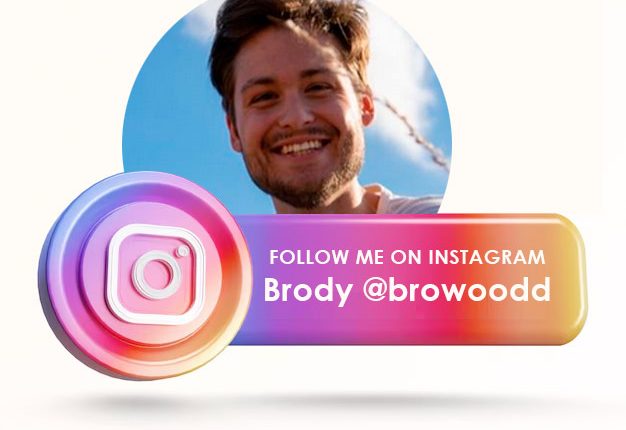Share this @internewscast.com
TAMPA, Fla. (BLOOM) – Skype, once a pioneer in video communication, connecting hundreds of millions worldwide, officially ceased operations on May 5. This marks the conclusion of its 22-year history, which began with a wave of innovation but concluded quietly.
At its height, Skype had over 300 million users and was synonymous with video calling. However, as more advanced platforms emerged and the needs for remote communication evolved, Skype’s prominence waned. By 2020, the platform’s user count reportedly shrank to roughly 23 million.
“If this can happen to Skype, it can happen to any company,” stated Jason Kocina, a digital marketing strategist and president at Media Relations Agency. “Skype’s decline highlights the significant cost of losing visibility in today’s rapidly changing digital landscape.”
A Digital Fall from Grace
Acquired by Microsoft in 2011 for $8.5 billion, Skype was once positioned to lead the work-from-home revolution. But Zoom, Slack, and other competitors rapidly gained traction as users sought more streamlined, integrated, and responsive platforms, particularly during the COVID-19 pandemic.
“Skype stopped innovating and became invisible when people needed connection the most,” Kocina said. “The brand wasn’t there to be found when customers went looking for better solutions.”
The Marketing Misstep
Kocina, who has been helping brands navigate digital marketing since the mid-1990s, says Skype’s downfall underscores a lesson many companies overlook: visibility isn’t optional.
“When times get tough, a lot of brands pull back on marketing. But that’s when staying visible is most important,” he said. “Your competitors won’t wait for you to catch up — they’ll take the spotlight while you fade into the background.”
According to the CMO Council, the world’s 500 most valuable brands collectively grew by 10% last year — proof, Kocina said, that those who maintain strong brand presence often come out ahead during economic downturns.
Lessons for Today’s Business Leaders
Kocina recommends a proactive, multi-channel approach to prevent brands from suffering the same fate as Skype. His core advice includes:
- Be present everywhere customers look, from social media to search engines to news outlets.
- Pair SEO with outreach and content marketing to stay discoverable and relevant.
- Maintain earned, owned, and direct marketing channels, including media interviews, social media updates, and email newsletters.
- Stay consistent. One-off marketing efforts don’t build the familiarity and trust needed to thrive long term.
- Adopt a structured marketing strategy. Kocina’s agency uses a six-step process called SAM6 to keep brands visible across all major touchpoints.
A Wake-Up Call for Complacent Brands
“You have an opportunity right now to ensure your company’s story is one of success — not a cautionary tale,” Kocina said. “Tell your story while people are listening. Don’t wait until you’re forgotten.”
As the digital landscape evolves rapidly, Skype’s shutdown serves as a stark reminder: even the biggest players can vanish if they don’t evolve.















